Hyperoptic CEO on Consolidation and Obstacles to Urban Full Fibre Builds
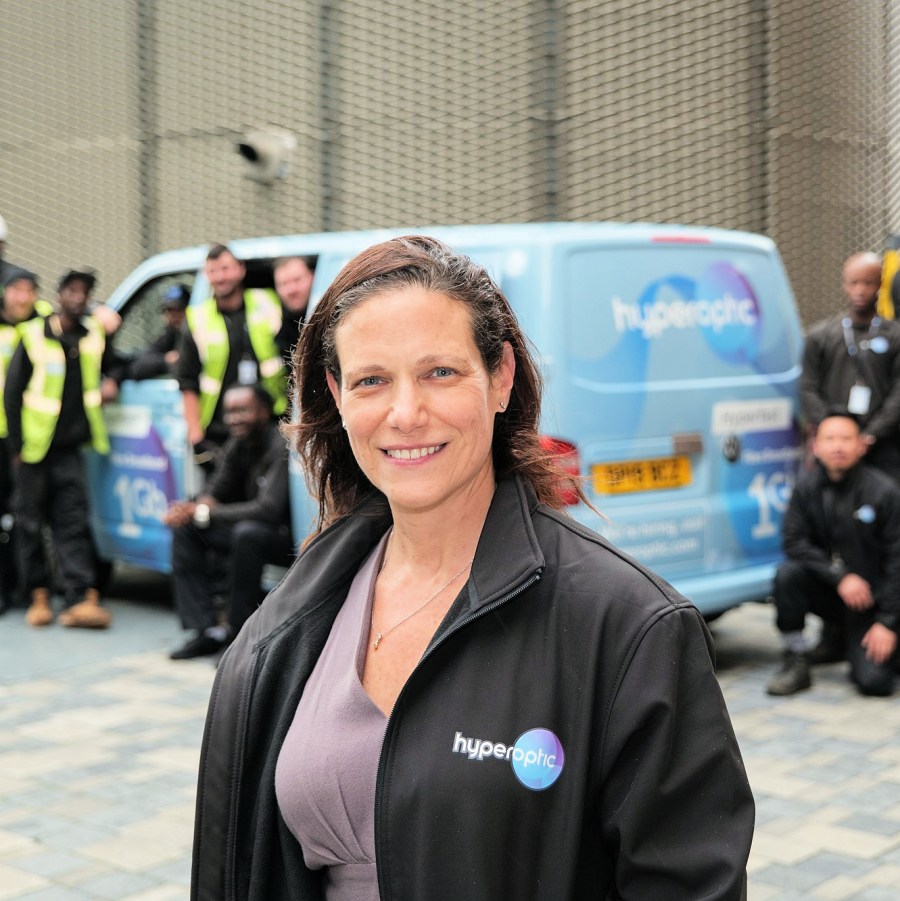
5. Obviously, at some point, we have to address the elephant in the room – those slipping coverage targets. Back in 2017 Hyperoptic, on the back of a big investment, unveiled an “ambitious plan” to grow its network another sixfold and “make their hyperfast broadband service available to 2 million homes by 2022 and 5 million by 2025“.
At the end of 2018 this target, on the back an investment deal with the Government of Abu Dhabi (Mubadala Investment Company), was accelerated by a year (i.e. 2 million homes by 2021 and 5 million by 2024). But in February 2022 Hyperoptic reported having achieved a total of 750,000 premises passed, which is significantly behind those prior expectations.
The operator has now set a new target to reach 2 million premises passed by the end of 2023, with take-up of at least 30% where the network is over 2 years old. What caused such a dramatic slip and has anything been done to ensure that the new targets will have more credibility?
ANSWER:
We set ourselves some pretty lofty goals in our early days. Since then, we have learnt an incredible amount about scaling our build method, adapted our build model to ensure we continue to deliver value to our customers and shareholders alike, all whilst navigating external factors like the pandemic. That approach has enabled us to become the UK’s largest exclusively full fibre ISP and the largest UK alt-net by customer base. It is also why we are updating our targets to include a take-up element.
As the alt-net market scales, it is going to become imperative for networks to show that the capital they are securing is being invested in infrastructure that is meeting a genuine need.
6. Returning to happier discussions. Back in 2018 Hyperoptic became one of the first UK ISPs to test a 10Gbps home broadband service at East Village (the London 2012 Athletes’ Village). Since then a handful of ISPs have launched packages faster than 1Gbps (e.g. Zzoomm has 2Gbps, CommunityFibre did 3Gbps and B4RN can do 10Gbps), but we haven’t seen the same from Hyperoptic.
What kind of challenges would be involved in deploying a service faster than 1Gbps across your entire network and would that require a hardware upgrade in some buildings to facilitate it (OLT, ONT, CPE etc.)? Likewise, is something like this in your short or medium-term expectations and do you think there would be enough demand?
ANSWER:
We are always trying to understand how to best service our customers. Our 10Gb trial was a great way to showcase the scalability of our network. It’s all part of meeting our customers’ needs now and in the future.
We were one of the first ISPs to offer broadband only and rolling contract packages, and our social tariff is market-leading. As for speeds specifically, we are not currently seeing the demand for multiple gigabit services but we are certainly better placed to move towards them than the incumbent operators.
7. In recent years the UK government has made and continues to make improvements to a number of crucial legislative areas, which have a direct impact upon fibre build. For example, there’s the development of a new code to support implementation of the Telecommunications Infrastructure (Leasehold Property) Act 2021, which will tackle “rogue landlords” that fail to respond or obstruct access.
Likewise, the Product Security and Telecommunications Infrastructure Bill (PSTI) includes various changes to the Electronic Communications Code (ECC), which aim to help accelerate gigabit broadband builds. Not to mention tweaks to the Access to Infrastructure (ATI) Regulations 2016 to aid the sharing of existing infrastructure, although the government didn’t go very far with that one.
On the flip side, England’s business rates holiday on new fibre has just ended, so it’s not all good news. What, in your view, has the government got right about all of these areas and what more would you like to see changed in order to help support, and even accelerate, Hyperoptic’s own future build?
ANSWER:
The Government’s commitment to encouraging and enabling competition within the fixed network infrastructure landscape, rather than just at a retail level, has been critical to driving private capital into the delivery of full fibre. If industry regulation had just continued to drive down regulated pricing, there would be no margin to attract new investment; and the UK would be left with a dominant incumbent that would have little incentive to continually upgrade its infrastructure. To that end, the Wholesale Fixed Telecoms Market Review (WFTMR) and DCMS’s Future Telecoms Infrastructure Review (FTIR) and subsequent Statement of Strategic Priorities (SSP) were landmark shifts in policy that helped to create this new environment.
With that said, there is a critical element of the FTIR that remains unaddressed. This is the ‘hold up problem’ whereby operators defer investment in a specific location due to a lack of clarity of what other operators, particularly the incumbent, will do. Despite the FTIR identifying this as a fundamental barrier to rollout, DCMS is yet to set out a policy solution to address it.
Reform of land access has also been painfully slow. The Electronic Communications Code is in dire need of reform in order to reflect this new market structure, yet we are still waiting for the regulations that would implement the Telecommunications Infrastructure (Leasehold Property) Act 2021.
8. Ofcom are currently considering new proposals from the Gigabit Take-Up Advisory Group (GigaTAG), which among other things called for the introduction of a new labelling systems to help consumers more easily identify the differences between “gigabit-ready” broadband networks and slower technologies.
Some operators want only true “full fibre” (FTTP) providers to have the right to use such terminology in their adverts, but that might conflict with gigabit-capable services via FTTB (Hyperoptic has some of this) and DOCSIS 3.1 powered Hybrid Fibre Coax (HFC) networks. Not to mention some multi-gigabit 5G capable deployments.
What sort of labelling system would you like to see?
ANSWER:
Historic mis-use of the term ‘fibre’ limits our ability to tell customers about the benefits of a ‘full fibre’ connection. It’s time that this was resolved. We are actively involved in industry discussions that are trying to come to a voluntary agreement on addressing this, but it may be the case that regulatory intervention is required. Ultimately, the use of the term ‘fibre’ should be reserved for those where fibre comes all the way into the building or premises. An FTTC connection should only then be described as a ‘part fibre’ solution.
9. The Government’s £5bn Project Gigabit programme, which has adopted a mix of vouchers, gap funded deployments and some continuation of the Local Full Fibre Networks (LFFN) model, aims to extend 1Gbps capable broadband networks to reach at least 85% of UK premises by the end of 2025, and then “nationwide” by around 2030.
The funding released for this will depend upon how the industry responds. So far only £1.2bn has been released from the budget up until 2024, but more may be unlocked, provided the industry shows it can deliver.
In terms of pros and cons, what are your thoughts on the new gigabit programme as it exists today and might we see Hyperoptic move to consider any rural builds as part of it?
ANSWER:
There are areas of the UK that cannot support a commercial rollout of a full fibre network. If these areas do not then receive subsidy to support this, communities in these areas are at risk of being left behind.
The Government should be commended for identifying this risk and allocating funding to address it.With that said, Hyperoptic’s model focuses on expanding our network out from the urban centres where we are already established. We are, then, unlikely to bid for tenders under the ‘Project Gigabit’ programme.
However, there are urban areas that are also at risk of not benefitting from upgraded connectivity. This can be for a variety of reasons, such as a unique property build and/ or local network capacity. BDUK should also consider how these areas may be upgraded. In these cases, it may well be that subsidy is not required, but rather clarity of whether other operators intend to upgrade or roll out to these locations. Again, this goes back to resolving the ‘hold up’ problem identified in the FTIR.
10. At present it’s difficult to escape all of the bad economic news that seems to pervade our daily lives, not least of which flows from the wider impacts of exceptionally high energy costs, shortages in the global supply chain and the related surge in inflation.
Naturally, broadband operators are not immune to such problems. Can you tell us a bit about some of the related challenges you’ve faced in the last year and how you’ve adapted to those?
ANSWER:
We experienced many of the same challenges as other network operators during the lockdowns, with restricted site access, staff sickness and isolation all placing a strain on our operations. However, we quickly recouped any ground lost when restrictions were lifted.
As for the recent surge in inflation, we should remember that most costs in fixed broadband rollout come from building the network. Once built, the cost of maintaining the infrastructure is much lower. That means our industry could mitigate the impact of inflation, much more so than other industries. Yet many of the national ISPs are still choosing to push above inflation mid contract price rises onto their customers. We think that’s wrong. That’s why we haven’t raised our in-contract prices and have asked Ofcom to investigate industry compliance with the rules that govern mid contract price hikes.
11. One of the biggest developments this year has been Virgin Media O2’s decision to expand their FTTP (XGS-PON) broadband network to an additional 7 million premises via a new Joint Venture, which will also offer access to other ISPs at wholesale (with Virgin Media itself as an anchor tenant).
On top of that VMO2’s existing gigabit-capable Hybrid Fibre Coax (HFC) and FTTP RFoG broadband network – covering 15.6 million premises (including any Project Lightning expansion during 2022) – could optionally also be offered for rival ISPs to harness via wholesale (separate from the new joint venture).
All of this would establish VMO2 as a major competitor to Openreach, as well as other alternative networks, across over half of the UK if fully realised. What are your thoughts on this move and is it likely to affect your approach to the market or future deployments, if at all? In addition, has Hyperoptic ever considered going wholesale itself?
ANSWER:
We are watching VM’s FTTP rollout plans with interest and as things stand, we remain a vertically integrated network operator with our own ISP.
12. Ofcom plans to implement new One Touch Switch (OTS) migration system for UK broadband ISPs, which from April 2023 will make it easier for consumers to switch between ISPs on physically separate networks (i.e. extending the existing solution to include alternative networks, rather than just Openreach).
Broadly speaking this new system, while adding new challenges for smaller providers, will still represent an important change that should help alternative networks to attract customers away from the biggest players. What are your thoughts on this and are there any areas where you think Ofcom could have improved their approach?
ANSWER:
We fully support our industry moving to a Gaining Provider Led switching process. This will make it harder for the incumbent operators to take advantage of customer apathy – and make it easier for customers to move to the network that best meets their needs. Of course, such a process should be genuinely gaining provider led – so careful attention needs to be given to the details of these changes. Otherwise, larger operators may seek to deliberately subvert this new process by bundling a wider package of services.
We’d just like to take a moment to thank Dana for taking the time to respond to our questions in such an open and honest way. We look forward to seeing how Hyperoptic progresses over the next decade.
Mark is a professional technology writer, IT consultant and computer engineer from Dorset (England), he also founded ISPreview in 1999 and enjoys analysing the latest telecoms and broadband developments. Find me on X (Twitter), Mastodon, Facebook and Linkedin.
« Cheapest UK 4G and 5G Unlimited Mobile Data Plans Compared – 2022
CityFibre Begins Gigabit Broadband Rollout in Bognor Regis »
Latest UK ISP News
- FTTP (5515)
- BT (3514)
- Politics (2537)
- Openreach (2297)
- Business (2262)
- Building Digital UK (2244)
- FTTC (2043)
- Mobile Broadband (1973)
- Statistics (1788)
- 4G (1664)
- Virgin Media (1619)
- Ofcom Regulation (1461)
- Fibre Optic (1395)
- Wireless Internet (1389)
- FTTH (1381)





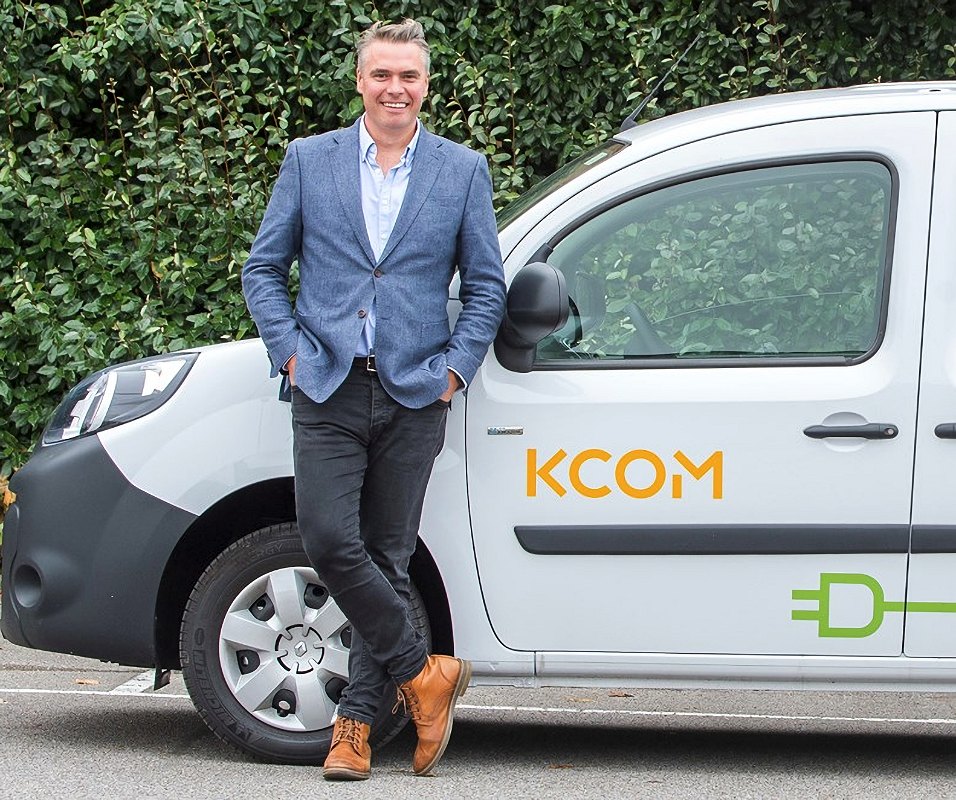

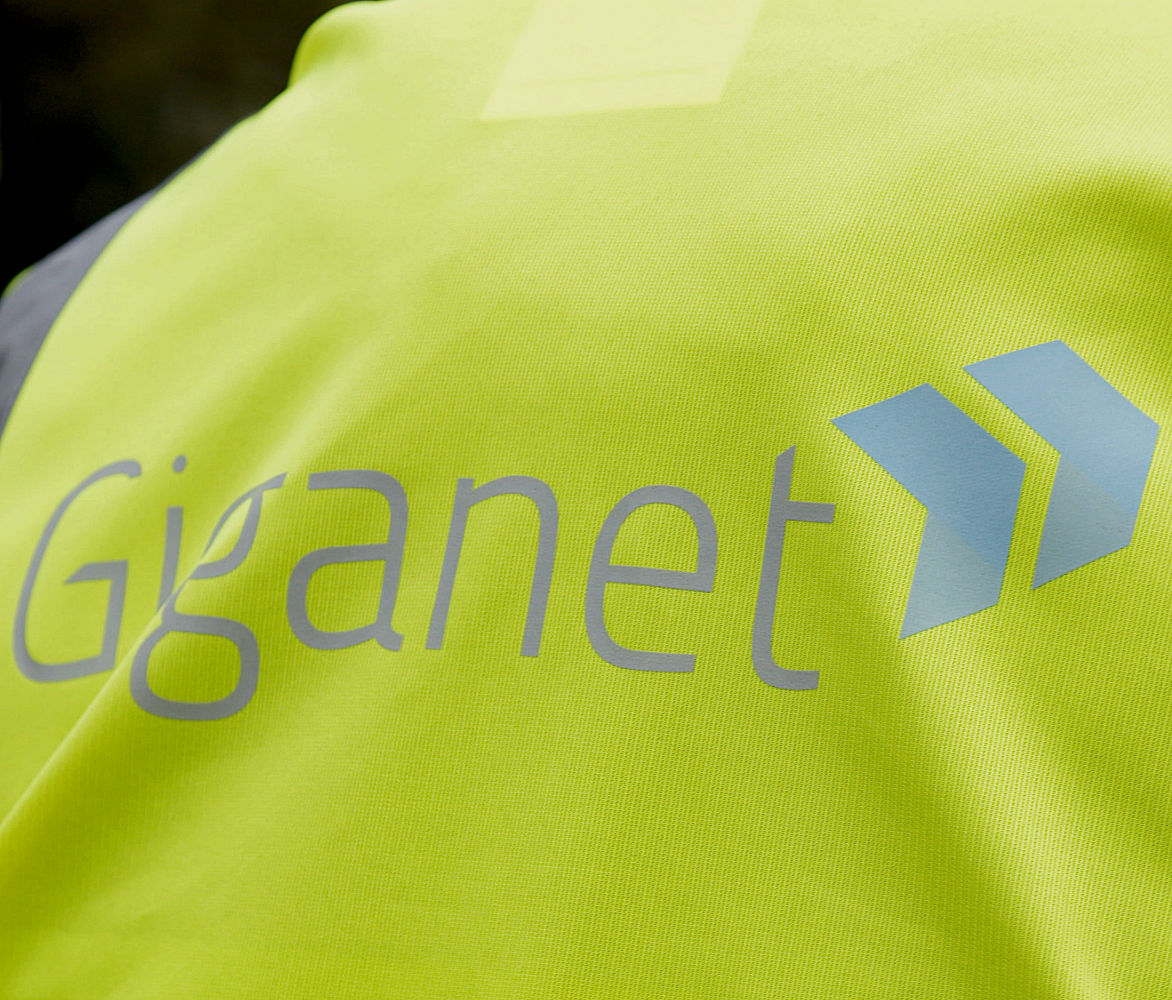

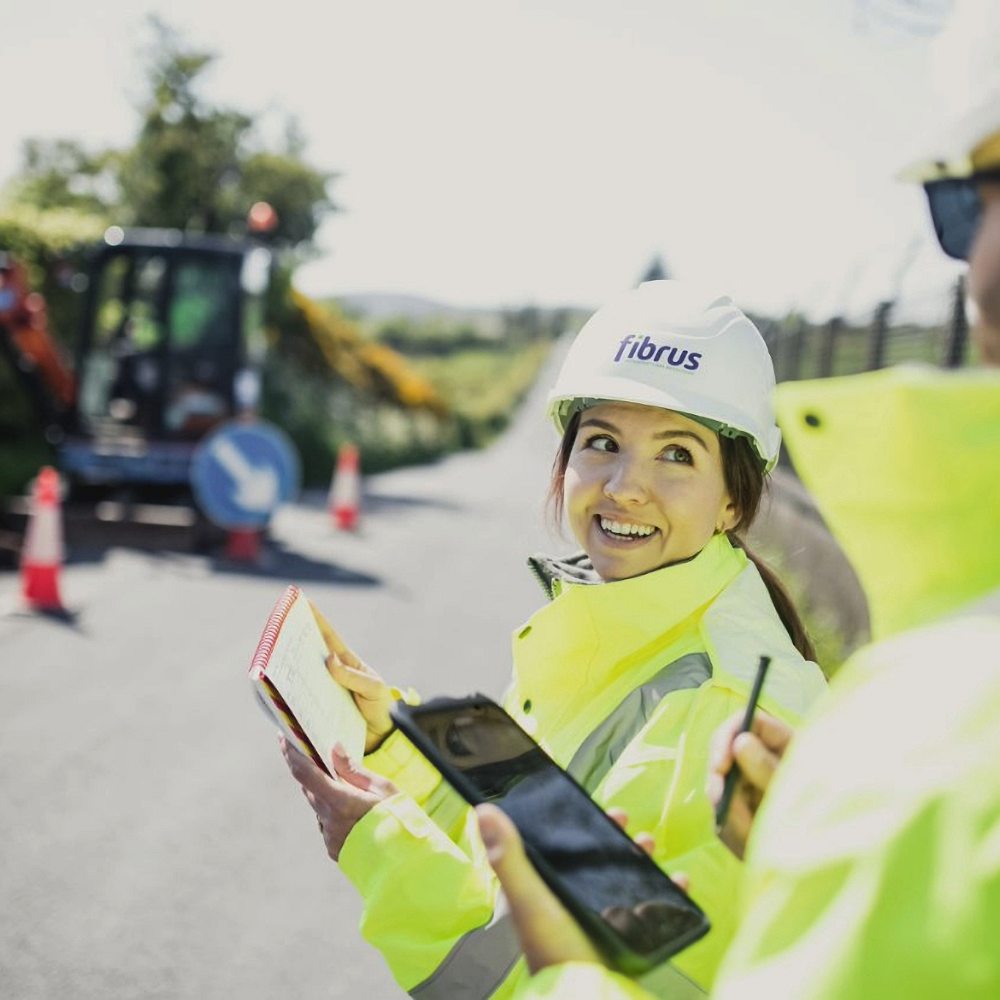
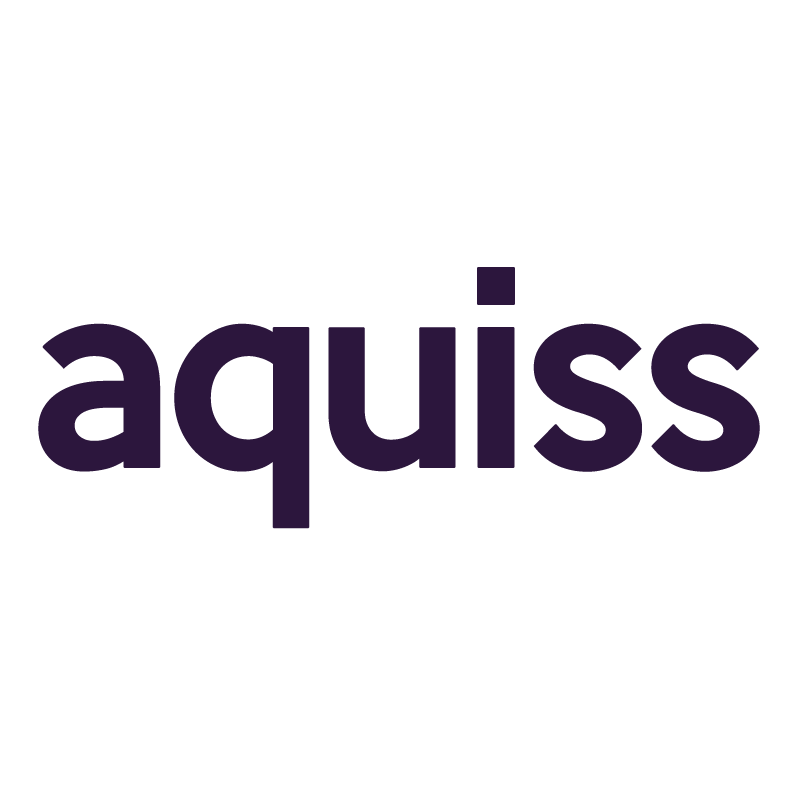
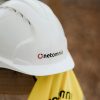









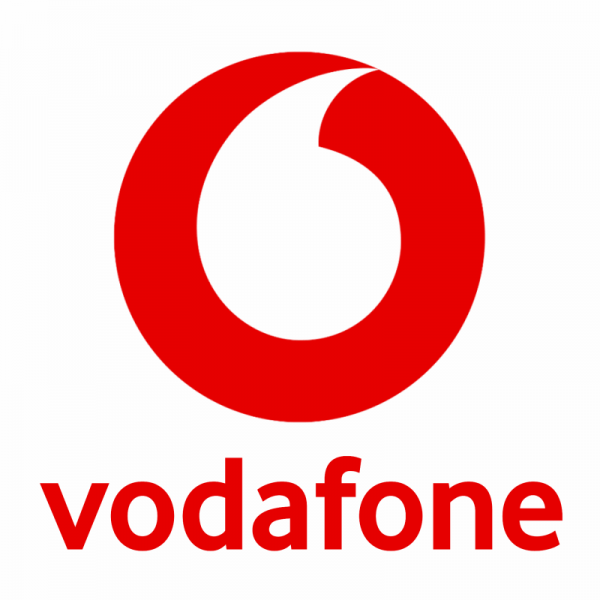
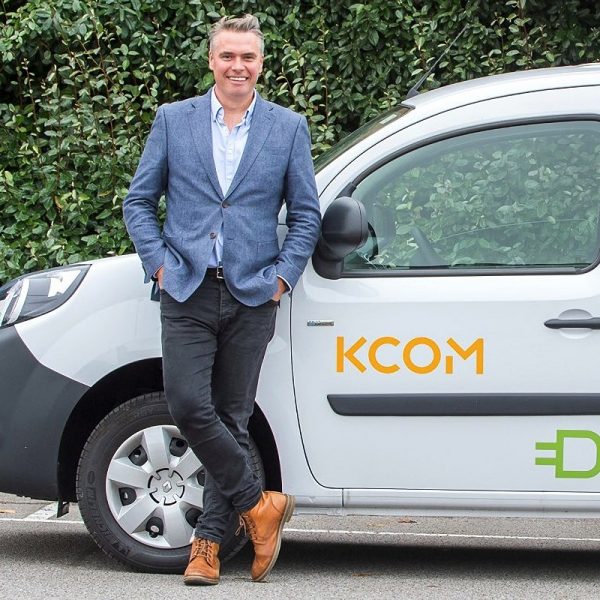
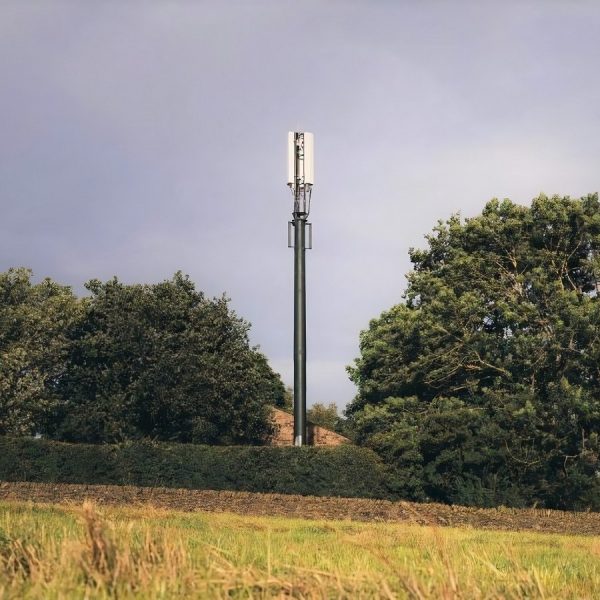
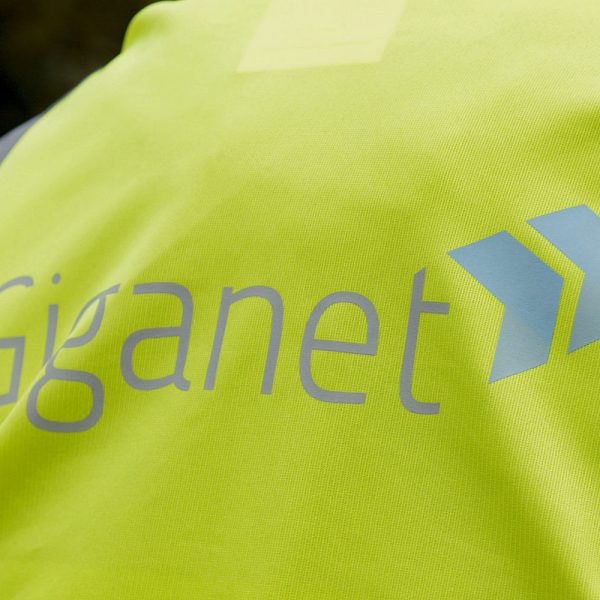




































Good read! Thanks Mark
So 800k homes in 11 years but an additional 1.2m in 20 months is not lofty?
Could also be a lot do with their “nationwide partnerships with the UK housebuilders like Barratt Homes, CALA Homes, and Avant Homes.” Would probably be a few 100s
They’ve had those relationships for years and years so would only be new builds which would add additional homes from them (i used to work in wayleave sales for them)
Few issues with business customer service.
Hyper – for reasons best known to only themselves changed our block of fixed IP’s last week to a single IP. So completely stuffed some of outwards facing main servers.
Getting it reverted back or being set up with a fresh block of IP’s, not ideal as would need to set DNS up again and wait for it to propagate is like banging your head against a wall.
No sense of urgency or apology at all.
It is a shame but it is an inevitable part of scaling that CS suffers as a small dedicated team can’t manage it and it then goes to a blob of software that gets in the way of doing the right thing.